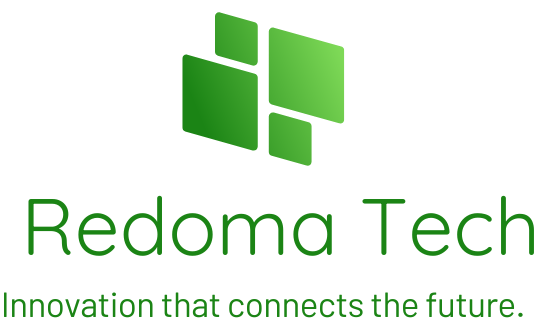
The law is still being refined, but pretty soon, all AI makers will need to make sure they’re following the rules, no excuses.
Now, the trickiest part is figuring out if AI models are doing what they’re supposed to legally né?. They just dropped the first technical breakdown of the EU AI Act, matching up legal requirements with technical specs. They’ve already put in place a risk-based framework earlier this year to make sure AI apps and models comply with the law. Plus they’ve rolled out Compl-AI a free LLM validation tool to help makers check if their models are playing by the rules.
Teaming up with the Swiss Federal Institute of Technology and Bulgaria’s INSAIT LatticeFlow has set up a platform where AI makers can ask for assessments to see if their tech complies with the EU AI Act né?. That’s where LatticeFlow AI steps in. The end goal? To offer a full-on assessment tool that pushes compliance and safety in AI development. They’ve also reviewed some popular LLMs rating them on how well they meet the law’s demands né?. This startup from ETH Zurich is all about managing AI risks and ensuring compliance né?. Come join us in moving this project forward and influencing the future of AI regulation.
 . Hey folks! So check this out: The European Union is really ahead of the game when it comes to regulating artificial intelligence. Looking at different tests highlights where models shine and where they fall short, underscoring the importance of a balanced development plan.
. Hey folks! So check this out: The European Union is really ahead of the game when it comes to regulating artificial intelligence. Looking at different tests highlights where models shine and where they fall short, underscoring the importance of a balanced development plan.
Next up, LatticeFlow’s framework will keep evolving to stay in line with any changes to the EU AI Act and progress in the AI world


